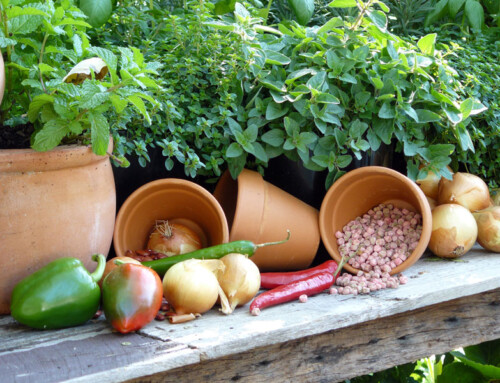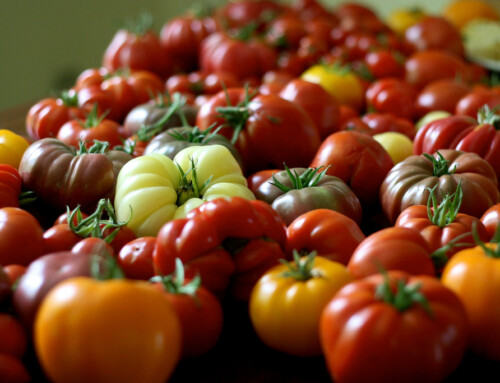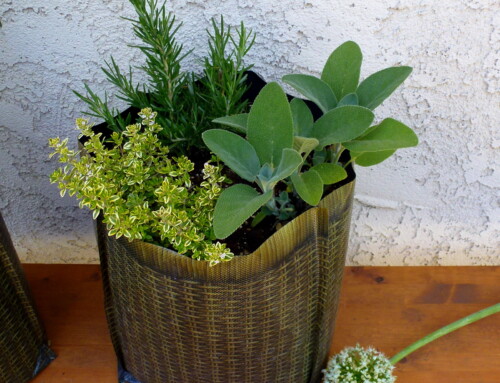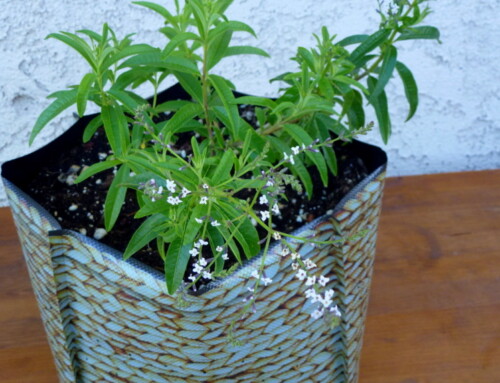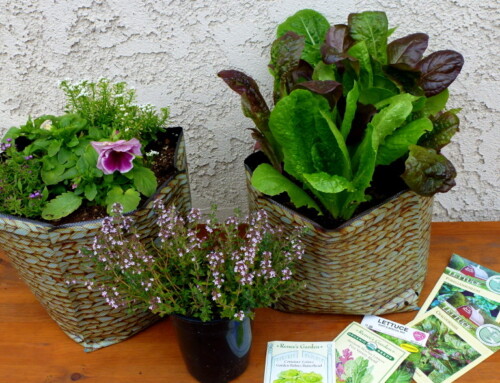If you are lucky like I am, you live in a mild climate that allows you to garden year-round. Now, come August when we are expiring from 100+ degree heat here in Austin, Texas, I don’t feel so lucky — but in sunny January, I’ll take it! Like many people, I’ve mostly concentrated on warm weather veggies in that part of my garden. But in the last few years, I’ve become more and more interested in all the wonderful cool-season veggies that nature has to offer. Here are my best tips for veggie gardening in mild climates.
If you’re new to vegetable gardening in general, or cool-season vegetable gardening in particular, this article is for you. Many of the same tips that apply to veggie gardening in mild climates during the spring and summer also apply during the winter months, with a few exceptions.
Know what to plant.
This is the same as gardening at any other time of the year — you need to know what vegetables or edibles grow well in your area, the preferred varieties to try, and when to plant them. Consider checking with your local cooperative extension office, as they will likely have a handy list for you to refer to. Basically, you will be looking at lots of winter greens like kale, chard, mustard greens and spinach, plus many other veggies like cauliflower, carrots, broccoli, onions, potatoes and radishes.
Stagger your plantings.
Yes, I know it’s really pretty to have everything growing together, but unless you have a ton of space or are feeding an army, resist the urge to plant everything all at once. I like to plant a first round of spinach, broccoli and cauliflower; then wait a couple of weeks and plant a second round. I do this several times, and the end result is a long harvest during the cold months.
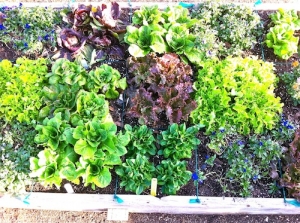 Harvest thoughtfully.
Harvest thoughtfully.
With your leafy greens, it’s a good idea to harvest the outer, older leaves first, allowing your plants to continue producing new foliage. Rather than picking from only one plant, remove some greens from different plants that can be harvested. Root vegetables (onions, potatoes, radishes) require a bit of sleuthing to see if they are large enough to harvest. Do your homework to know how large each variety should be before digging them up; many root vegetables, such as carrots and onions, can be harvested small too.
Water smartly.
You’ll want to water just as deeply as you do your summer vegetable garden, just not as often. Just how often is more art than science — you’ll need to monitor your soil moisture if you have warmer or windier days. If your area is expecting a cold snap, your winter vegetables should be fine if you remember to water them beforehand and provide some type of winter protection. Wilted and stressed vegetables won’t care for having cold weather heaped on them, too, and they will quickly protest to let you know.
Now, get out there and plant some kale, for Pete’s sake! Don’t let a little cold weather stop you.



